Sweet Potato Companion Plants: The Ultimate Guide To Growing Sweet Potatoes
Sweet Potato Companion Plants: The Ultimate Guide to Growing Sweet Potatoes
Sweet potatoes are a delicious and versatile vegetable that can be grown in many different climates. They are also relatively easy to grow, but there are a few things you can do to improve your chances of success. One of the most important things is to choose the right companion plants.
Companion planting is the practice of planting certain plants together to benefit each other. Some plants can help to repel pests, attract beneficial insects, or improve the soil quality. When choosing companion plants for sweet potatoes, there are a few things to keep in mind.
- Plants that attract beneficial insects. Sweet potatoes are susceptible to a number of pests, so it is important to plant companion plants that attract beneficial insects. These insects will help to control pests and keep your sweet potatoes healthy. Some good choices include marigolds, nasturtiums, and yarrow.
- Plants that improve soil quality. Sweet potatoes are heavy feeders, so they need soil that is rich in nutrients. Companion plants that can help to improve soil quality include beans, peas, and leafy greens. These plants add nitrogen to the soil, which is essential for sweet potato growth.
- Plants that do not compete for resources. Sweet potatoes are vining plants, so they need plenty of space to grow. Avoid planting them near other vining plants, such as cucumbers or tomatoes. These plants will compete for sunlight and water, which can stunt the growth of your sweet potatoes.
Here are some of the best companion plants for sweet potatoes:
- Beans: Beans are nitrogen-fixing plants, which means they add nitrogen to the soil. This is beneficial for sweet potatoes, which are heavy feeders. Beans also help to suppress weeds and improve drainage.
- Marigolds: Marigolds are known for their insect-repelling properties. They can help to keep away pests such as aphids, beetles, and nematodes. Marigolds also attract beneficial insects, such as ladybugs and hoverflies, which help to control pests.
- Nasturtiums: Nasturtiums are another great insect-repelling plant. They are also edible, so you can enjoy them in your salads or sandwiches. Nasturtiums can also help to improve soil drainage and suppress weeds.
- Yarrow: Yarrow is a flowering plant that is known for its medicinal properties. It can help to repel pests, improve soil quality, and attract beneficial insects. Yarrow is also a good choice for attracting pollinators, such as bees and butterflies.
- Spinach: Spinach is a leafy green vegetable that can help to improve soil quality. It also helps to suppress weeds and attract beneficial insects. Spinach is a cool-season crop, so it can be planted in the spring or fall.
- Garlic: Garlic is a strong-scented herb that can help to repel pests. It can also help to improve soil quality and attract beneficial insects. Garlic is a good choice for planting near sweet potatoes in the fall.
- Onions: Onions are another strong-scented herb that can help to repel pests. They can also help to improve soil quality and attract beneficial insects. Onions are a good choice for planting near sweet potatoes in the spring.
- Alyssum: Alyssum is a sweet-scented flower that can help to attract beneficial insects. It can also help to improve soil quality and suppress weeds. Alyssum is a good choice for planting near sweet potatoes in the spring or fall.
Here are some plants that you should avoid planting near sweet potatoes:
- Squash: Squash and sweet potatoes are both susceptible to the same pests, so planting them near each other can increase the risk of pest infestation.
- Tomatoes: Tomatoes and sweet potatoes compete for the same nutrients, so planting them near each other can stunt the growth of both plants.
- Sunflowers: Sunflowers are tall plants that can shade out sweet potatoes. They also compete for sunlight and water.
By following these tips, you can choose the right companion plants for your sweet potatoes and improve your chances of success.
Sweet potatoes are a delicious and versatile vegetable that can be grown in many different climates. But did you know that companion planting can help you grow even better sweet potatoes? Companion planting is the practice of planting certain plants together that benefit each other. For sweet potatoes, some of the best companion plants include:
- Beans: Beans are nitrogen-fixing plants, which means they can help to improve the soil quality for your sweet potatoes.
- Marigolds: Marigolds help to repel pests, such as nematodes and aphids, that can damage sweet potato plants.
- Nasturtiums: Nasturtiums also help to repel pests, and their bright orange flowers can help to attract beneficial insects, such as ladybugs and lacewings.
- Alyssum: Alyssum is a sweet-smelling herb that can help to attract pollinators, such as bees and butterflies, to your sweet potato garden.
- Yarrow: Yarrow is another herb that attracts pollinators, and it can also help to improve the drainage of the soil for your sweet potatoes.
For more information about sweet potato companion plants, please visit Gardenia Inspiration. This website has a comprehensive list of companion plants for sweet potatoes, as well as information on how to plant and care for these plants.
FAQ of sweet potato companion plants
Question 1: What are the best companion plants for sweet potatoes?
Answer: Some of the best companion plants for sweet potatoes include:
- Beans: Beans are legumes that fix nitrogen in the soil, which can help to improve the growth of sweet potatoes. They can also help to suppress weeds and provide shade for the sweet potato vines.
- Marigolds: Marigolds are known for their insect-repelling properties. They can help to keep pests away from sweet potatoes, such as aphids, whiteflies, and nematodes.
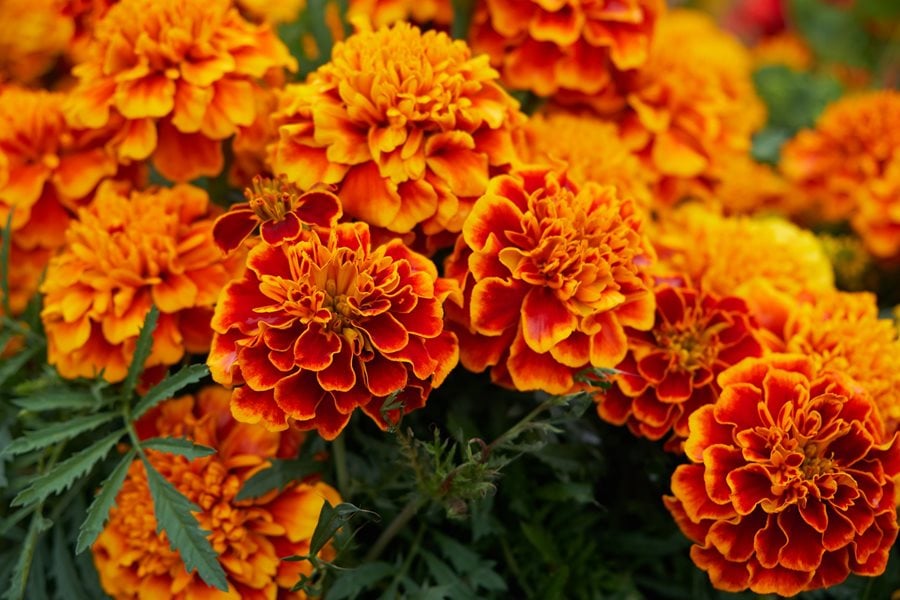
- Nasturtiums: Nasturtiums are another type of insect-repelling plant. They can also help to improve the nitrogen content of the soil.

- Alyssum: Alyssum is a sweet-smelling plant that attracts beneficial insects, such as ladybugs and lacewings. These insects can help to control pests that damage sweet potatoes.
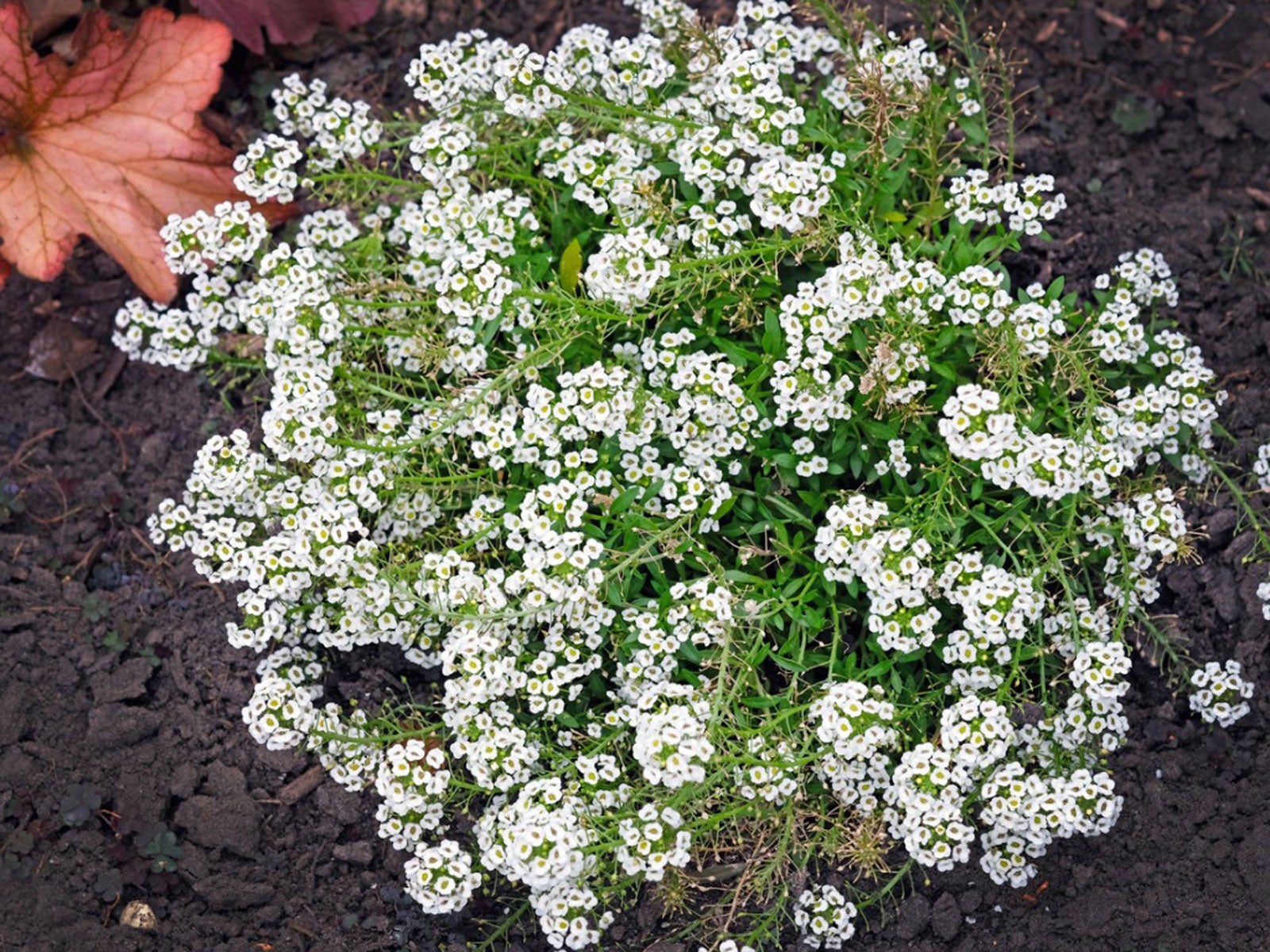
- Yarrow: Yarrow is a flowering plant that can help to repel pests and attract pollinators. It can also help to improve the drainage of the soil, which can be beneficial for sweet potatoes.
Question 2: What plants should I avoid planting near sweet potatoes?
Answer: Some plants that you should avoid planting near sweet potatoes include:
- Squash: Squash plants can compete with sweet potatoes for space and nutrients.
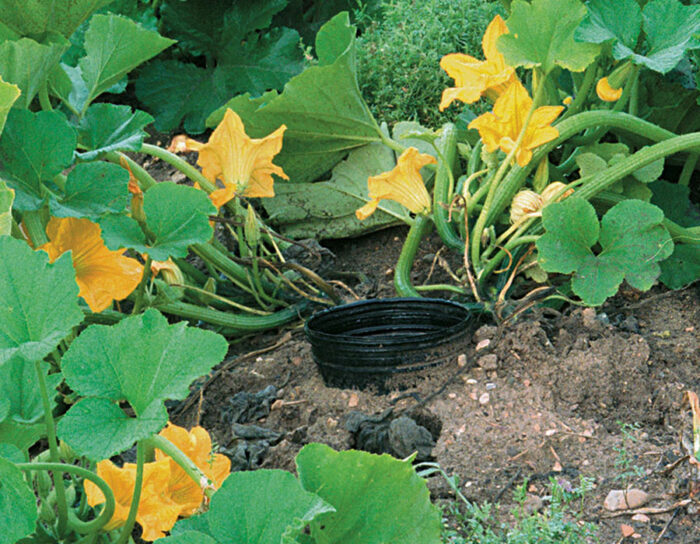
- Sunflowers: Sunflowers can harbor pests that can damage sweet potatoes.
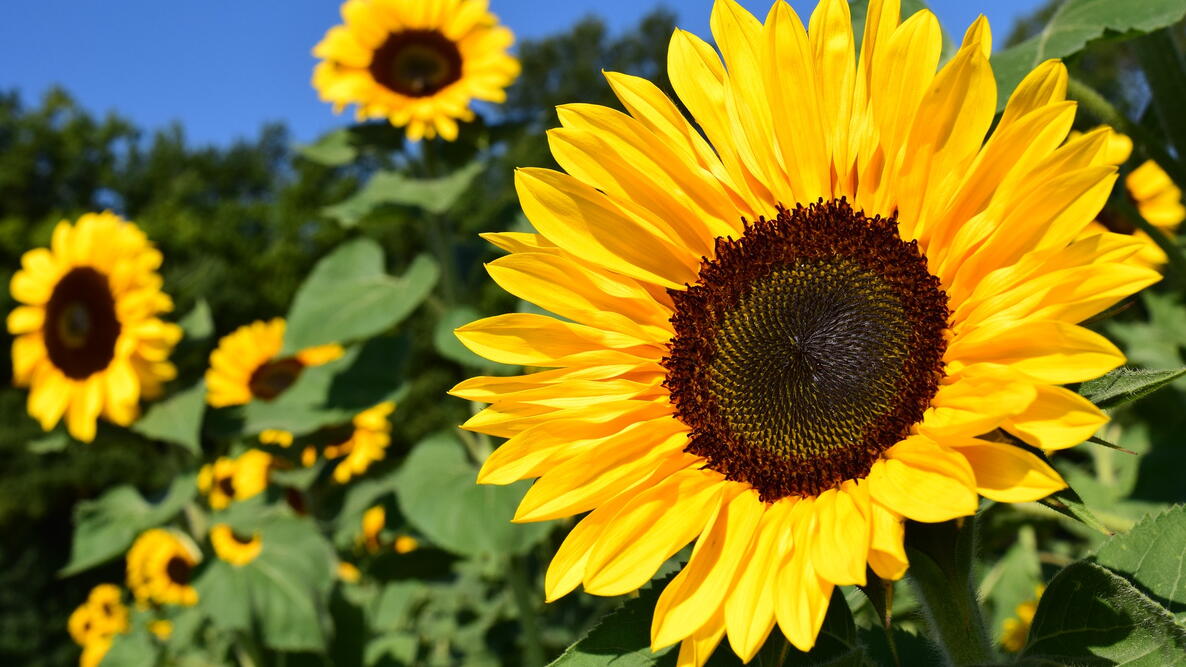
- Tomatoes: Tomatoes and sweet potatoes can be susceptible to the same diseases. Planting them near each other can increase the risk of disease transmission.
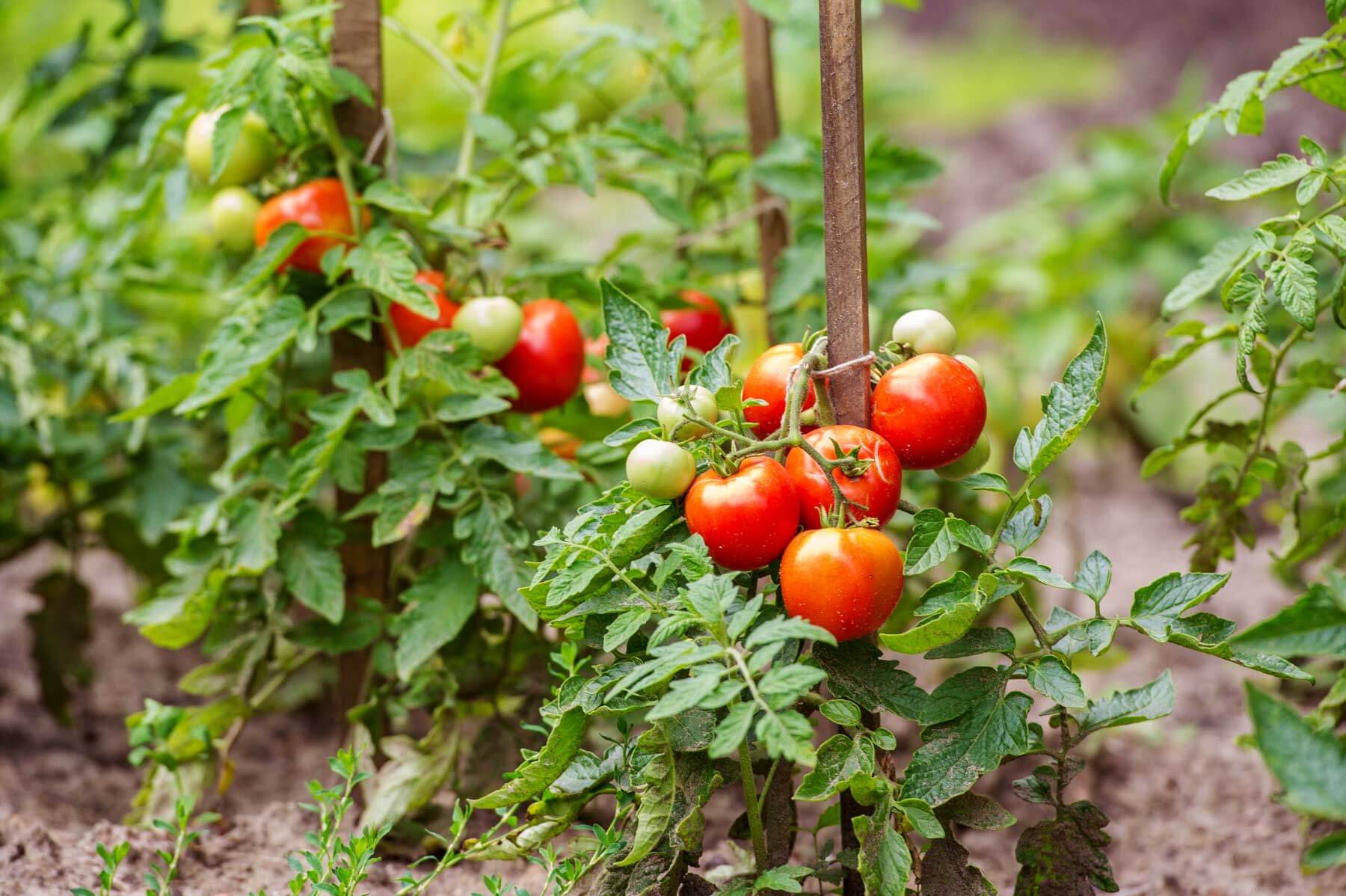
Question 3: How do companion plants benefit sweet potatoes?
Answer: Companion plants can benefit sweet potatoes in a number of ways, including:
- Attracting beneficial insects: Some companion plants, such as marigolds and nasturtiums, attract beneficial insects that prey on pests that damage sweet potatoes.
- Improving soil quality: Some companion plants, such as beans and peas, fix nitrogen in the soil, which can help to improve the growth of sweet potatoes.
- Suppressing weeds: Some companion plants, such as nasturtiums and yarrow, can help to suppress weeds, which can compete with sweet potatoes for water and nutrients.
- Providing shade: Some companion plants, such as marigolds and sunflowers, can provide shade for sweet potato vines, which can help to protect them from the sun and heat.
Question 4: How far apart should I plant sweet potatoes and their companion plants?
Answer: The amount of space you need to plant sweet potatoes and their companion plants will vary depending on the size of the plants. However, as a general rule of thumb, you should plant sweet potatoes at least 18 inches apart. Companion plants can be planted closer together, but you should make sure to leave enough space for them to grow and spread.
Question 5: When should I plant companion plants with my sweet potatoes?
Answer: You can plant companion plants with your sweet potatoes at the same time, or you can wait a few weeks and plant them after the sweet potatoes have established themselves. If you wait to plant the companion plants, make sure to choose varieties that will mature quickly, so that they do not shade the sweet potatoes too much.
Image of sweet potato companion plants
- Beans: Beans fix nitrogen in the soil, which can help to improve the growth of sweet potatoes.
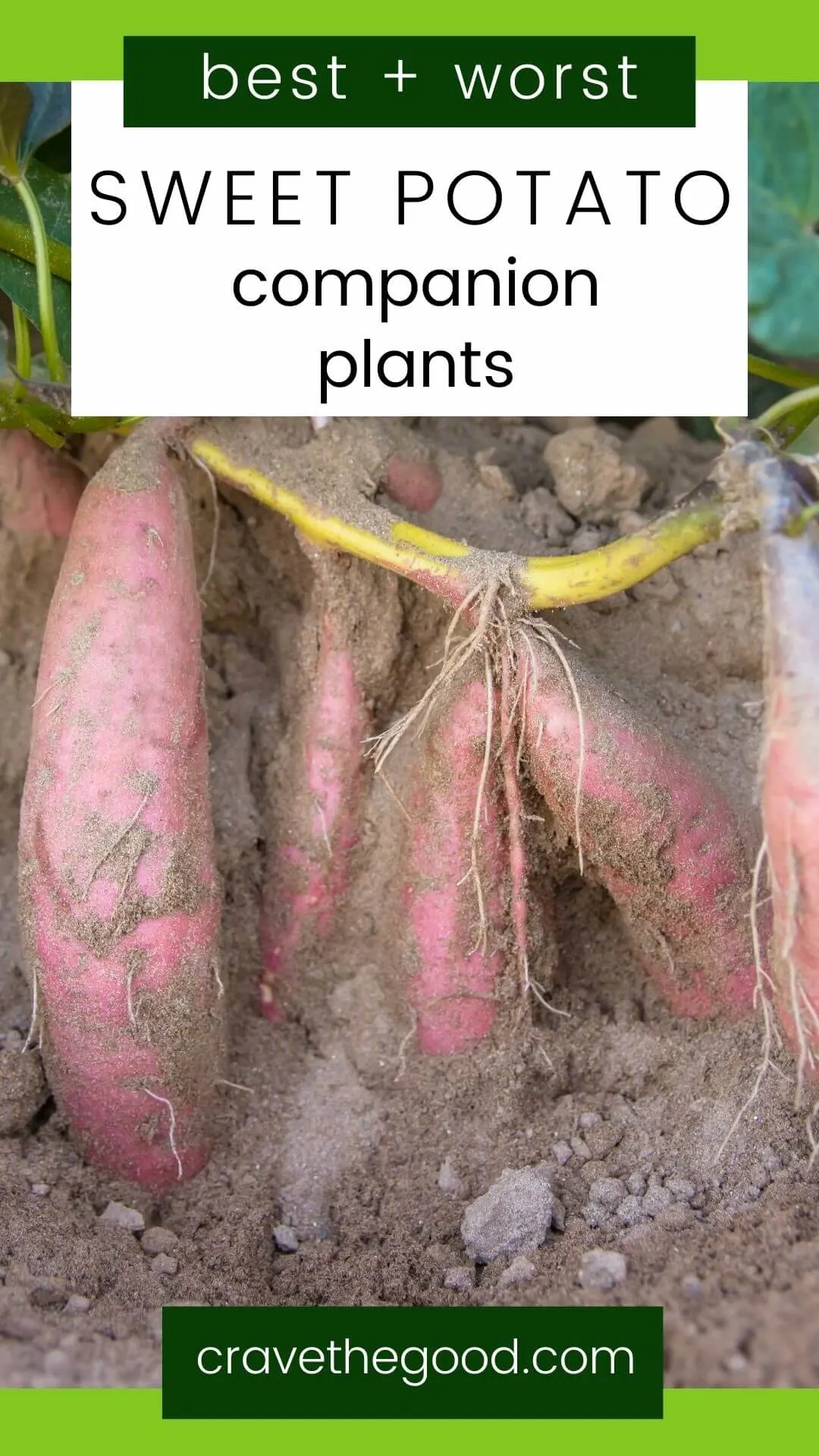
- Marigolds: Marigolds help to repel pests, such as aphids and whiteflies, which can be a problem for sweet potatoes.
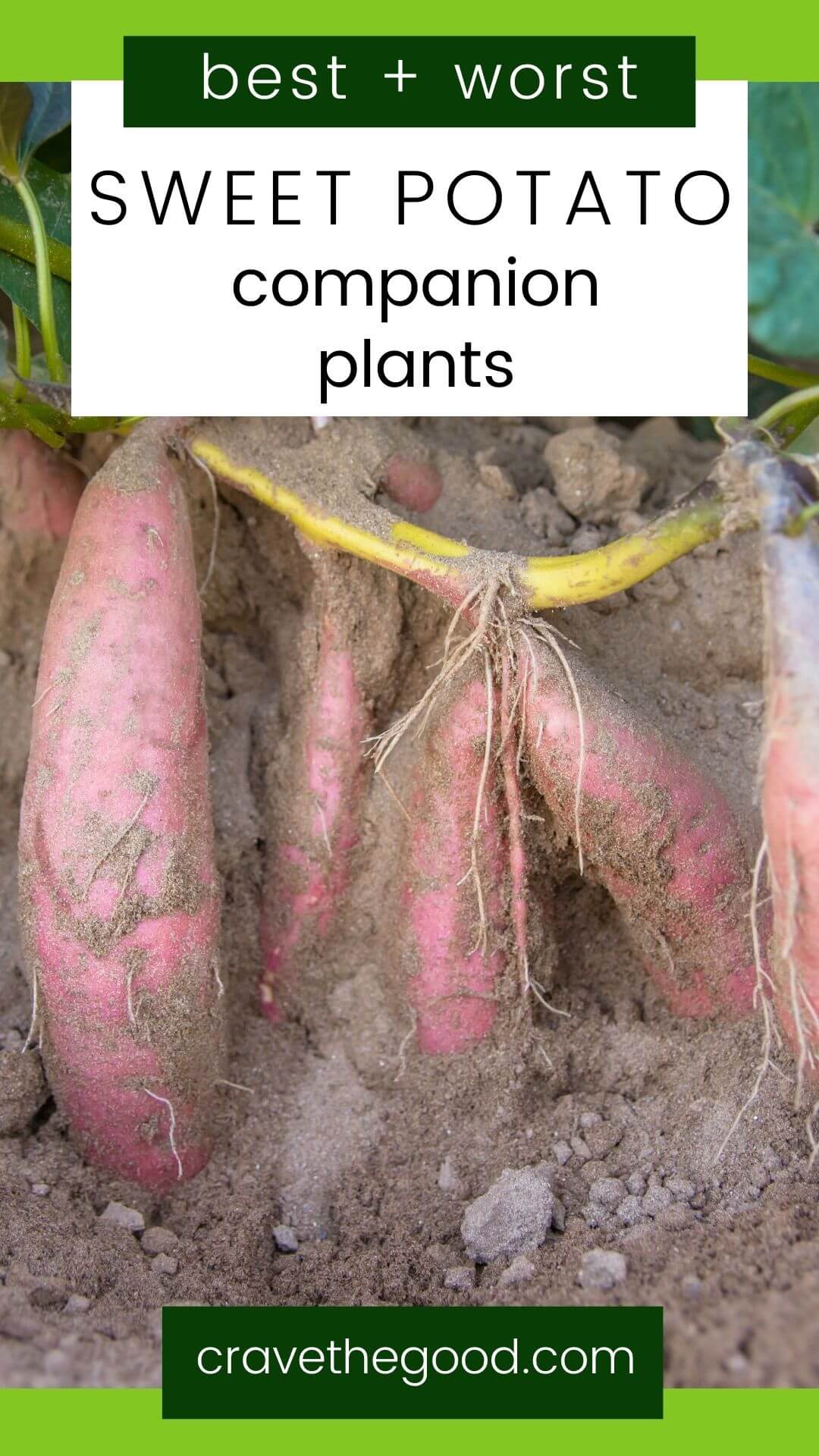
- Nasturtiums: Nasturtiums also help to repel pests, and they can also attract beneficial insects, such as ladybugs, which can help to control pests.

- Alyssum: Alyssum is a groundcover plant that can help to suppress weeds and provide shade for the sweet potato vines.

- Yarrow: Yarrow is another groundcover plant that can help to suppress weeds and provide shade for the sweet potato vines. It also helps to improve the drainage of the soil, which can be beneficial for sweet potatoes.

Post a Comment for "Sweet Potato Companion Plants: The Ultimate Guide To Growing Sweet Potatoes"